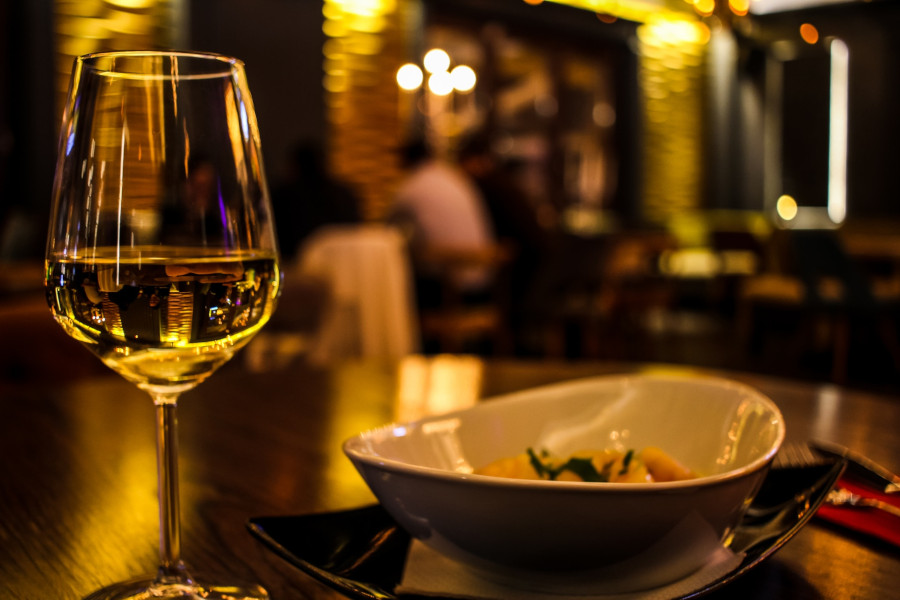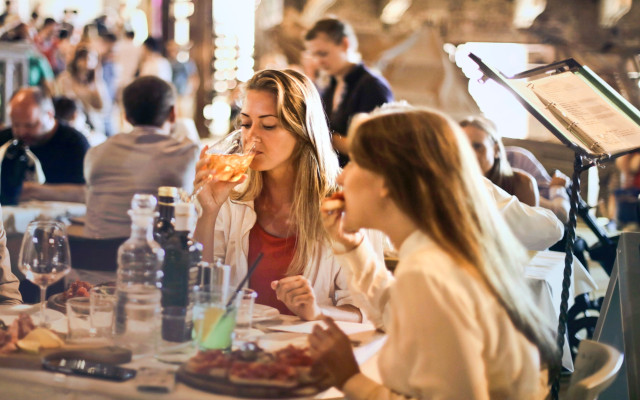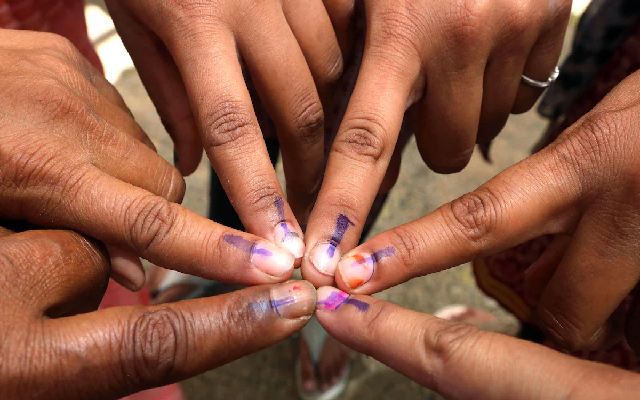COVID-19 has been the restaurant industry’s greatest challenge to date, as well as a severe public health issue. Never before has there been such a large number of eateries forced to close; some will never return. Many industries have had to reinvent themselves in the face of pandemics, but restaurants have been particularly badly impacted. Restaurants that prepare ahead to adapt and refine their restaurant model for the “new normal” will be in a better position to restore pre-crisis sales levels.
Restaurants that aren’t scared to reinvent themselves have taken significant risks and reaped significant profits. The resilient outlook of today’s restaurant owners is exemplified by this. Covid-19 may have taken the industry by surprise and will have a long-term influence, but it has also changed the way customers eat and so restaurants need to follow the trends and potentials.
Instead of merely going back to business as usual, it is an opportunity to innovate in the new normal, therefore, moulding not only the company’s future but also the industry’s future. Rethinking restaurant design, updating operating procedures, reactivating consumers to get them back into restaurant dining rooms, modifying menus to accommodate shifts in customer habits and tastes, improving delivery capabilities, reviewing the store footprint, and digitising the customer experience should all be top priorities.
Redesigning
Most restaurants will require a makeover to achieve post-COVID-19 growth. Some may need to adjust the physical structure of the restaurant to take advantage of the move to off-premises dining. Additions to the layout could incorporate drive-through and pickup lanes, for example. The flow of traffic into and out of these zones will need to be carefully considered.

Updated standard operating procedures should be included in the projected plans to provide a safe store environment while also reassuring any nervous customers. To put it another way, “go safe” and “show safe” at the same time. Ensuring that the restaurant’s new hygiene and safety practices are prominently displayed can put customers’ minds at ease.
Certain companies have taken this a step further by including more options of how to use their space. Corporate or private events in the restaurant space are a great example of this. Factory51 in Brisbane Australia offers function rooms with cutting-edge AV capabilities, projectors, screens, microphones, and a surround sound system that makes it a forerunner when hosting meetings or celebrations.
Adjusting Menus and Availability
One of the most potent techniques for changing a restaurant’s long-term performance trajectory is menu innovation. Restaurants need to adapt their menu in response to changing consumer behaviour and attitude. Food trends like “clean” cuisine, keto diets, paleo lifestyle, and plant-based protein are just a few worth considering. To capitalise on these trends, many restaurants have introduced menu items. Items should be prioritised to ensure that they remain competitive in the new market.
Virtual restaurants are another offshoot that has sky-rocketed and continues to flourish with no sign of burning out. Dark kitchens, also known as delivery kitchens, cloud kitchens, or ghost kitchens, are essentially virtual restaurants that operate multiple brands from a single location and serve consumers via online ordering through their websites. They achieve this by working with delivery aggregators, or by launching their own delivery service to bring food to consumers’ homes. In this way, there is no visible public presence.
Optimising the Changes
Though off-premises sales may not be as high post-COVID-19 as they were during the crisis, a portion of the move to off-premises dining will very certainly continue indefinitely. Before the crisis, many businesses considered third-party distribution as a low-margin afterthought, but it has suddenly become a main pillar of the business. Restaurants need to streamline the process to make ordering and pick up or delivery as efficient as possible.
Restaurants are also assessing their retail footprint and making difficult decisions about whether it may be beneficial to adopt a delivery/pick-up model only with no in-restaurant dining options. The digital customer experience will be important in maintaining current customers and acquiring next-generation loyalty, and deep customization is the best method to improve the digital experience.
The food and beverage industry employs a vast number of people worldwide and plays an enormous part in supporting local communities. Restaurant owners’ decisions now will go a long way toward sustaining their businesses and preparing them to serve consumers not just during, but also long after, the full recovery.

















